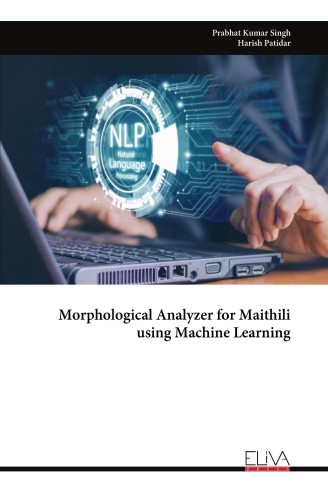
Morphological Analyzer for Maithili using Machine Learning
$ 60
Author:
Prabhat Kumar Singh
Pages:148
Published:
2025-08-07
ISBN:978-99993-2-989-7
Category:
New Release
Description
Leave review
Description
I n the ever-expanding landscape of Natural Language Processing (NLP), the ability to dissect and understand the building blocks of a language is a foundational step. While powerful tools for morphological analysis exist for globally dominant languages like English, a vast number of the world's languages, particularly those with rich oral traditions and distinct linguistic structures, have been left behind in the digital revolution. This is especially true for Maithili, a language spoken by millions across the Mithila region of India and Nepal, yet one that has remained largely underrepresented in the digital sphere. The development of a robust morphological analyzer for Maithili is not just a technological feat; it is a critical step toward preserving and promoting its unique heritage in the modern age.
Morphological analysis is the process of breaking down words into their constituent morphemes-the smallest units of meaning. For a language like Maithili, with its complex system of verb conjugations, case markers, and grammatical agreements, this task is particularly challenging. A word like "पढैछी" (paṛhaichī) must be broken down to its root, "पढ" (paṛha), meaning "to read," and the suffix "-ैछी" (-aichī), which denotes the first-person singular present tense. Similarly, "विद्यार्थीहरूले" (vidyārthīharūle) contains the base word "विद्यार्थी" (vidyārthī) for "student," the plural marker "-हरू" (-harū), and the case marker "-ले" (-le) that indicates the agent of an action. Accurately parsing these structures is essential for any advanced language processing application.
Traditional rule-based approaches, which rely on manually created dictionaries and a fixed set of grammatical rules, often fall short when dealing with Maithili. Its extensive irregularities, nuanced phonetic shifts, and a wide array of dialectal variations make it difficult to create a comprehensive and scalable rule set. Any small change or new word would require a manual update to the system, making it brittle and high-maintenance. This is where the power of machine learning provides a transformative solution.



